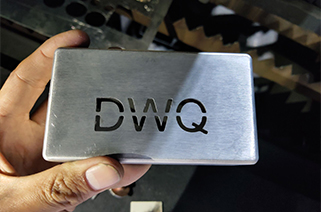
When using a fiber laser cutter, errors will inevitably occur, which will have a certain impact on our cutting accuracy. So what are the reasons for this error? Let me introduce why.
Geometry error of workpiece
Due to various reasons, the surface of the processed object is undulated, and heat is generated during the cutting process. In this way, the surface of the thin part is easily deformed. Due to the uneven surface, the position of the laser focus and the surface of the processed object are also The ideal position changes randomly.
Error caused by workpiece clamping device
The workpiece to be processed is placed on a needle-shaped workbench. Due to machining errors and abrasion between the workpiece and the workpiece for a long time, the needle bed will be uneven. This unevenness will also generate random errors in the position between the thin steel plate and the laser focus.
Deformation
A fiber laser cutter can deform if it cuts the part so it heats up sharply. This is especially important in fine machining, where the contours and webs are usually only a few tenths of a millimeter wide. Controlling laser power and using short laser pulses can reduce component heating and avoid distortion.
Glitch
The formation of burrs is a very important influencing factor in determining the quality of laser cutting. Because the removal of burrs requires additional work, the severity and amount of burrs can intuitively judge the quality of the cut.
Verticality
For high-power metal laser cutting, when the thickness of the processed material exceeds 10mm, the perpendicularity of the cutting edge is very important. As you move away from the focus, the laser beam becomes divergent, and depending on the position of the focus, the cut becomes wider toward the top or bottom. The cutting edge is a few millimeters from the vertical line. The more vertical the edge, the higher the cutting quality.